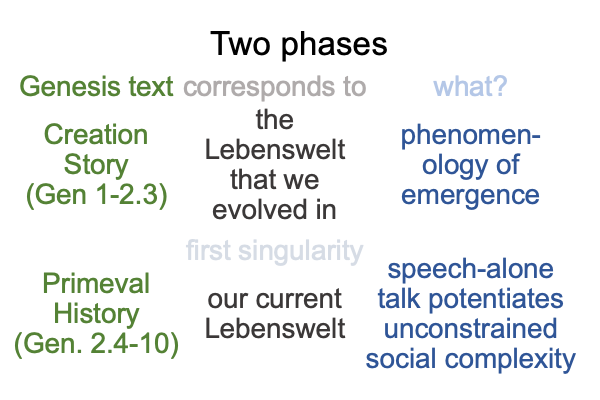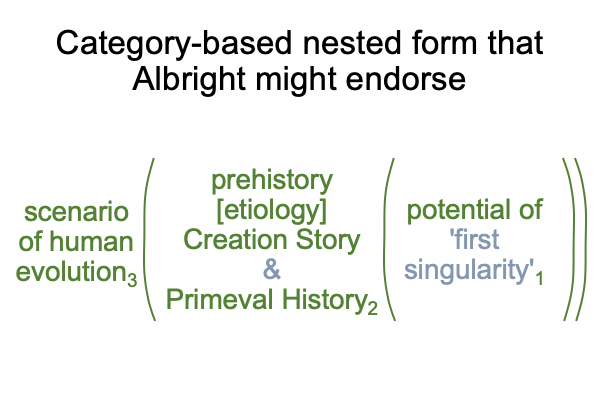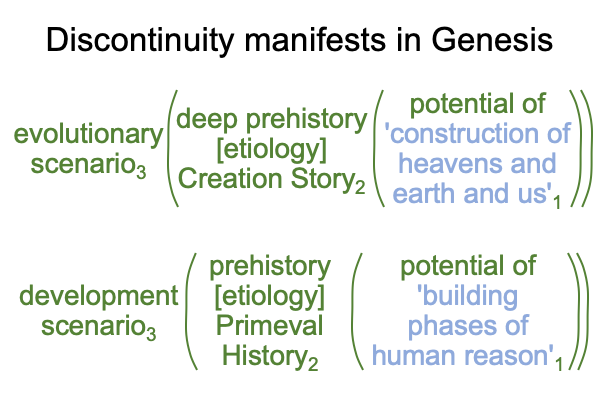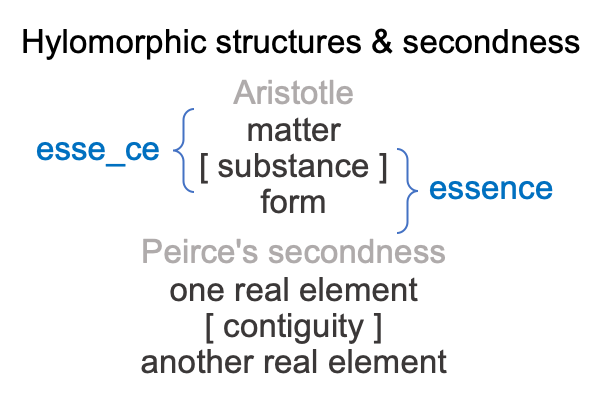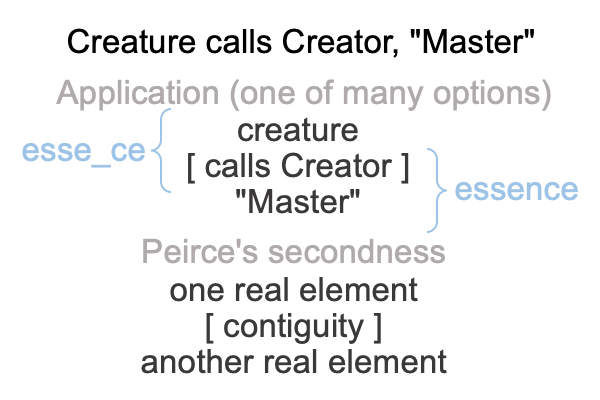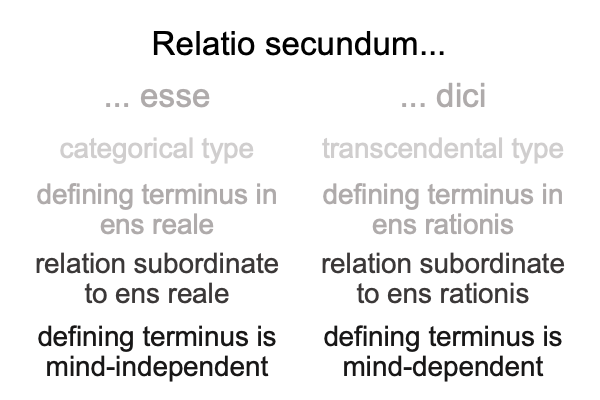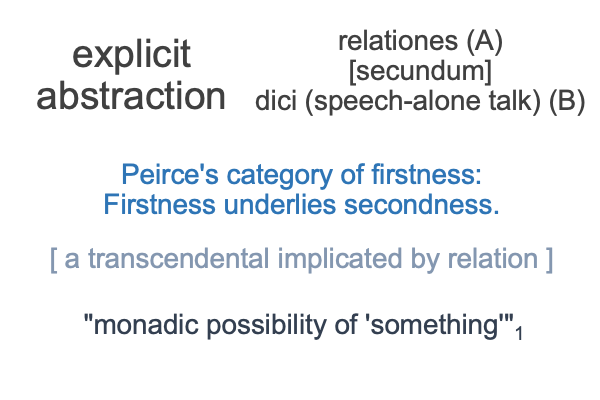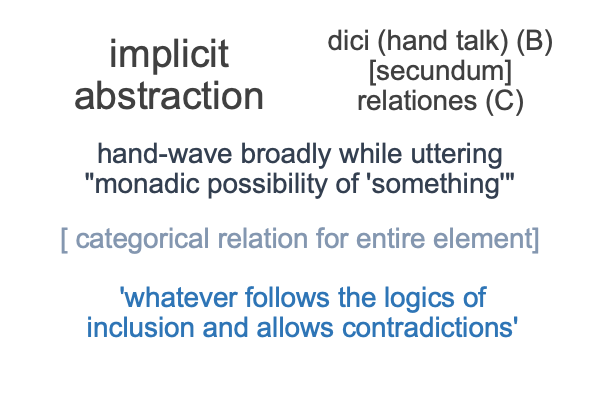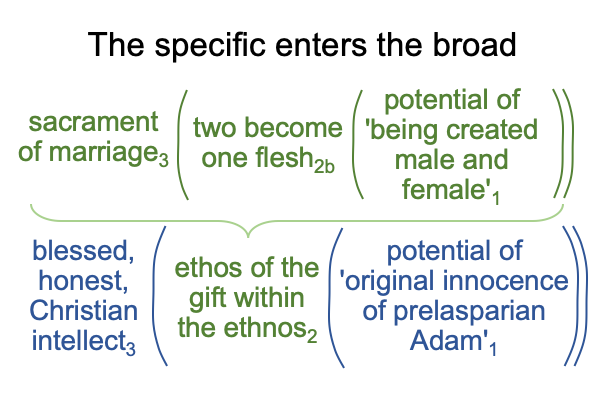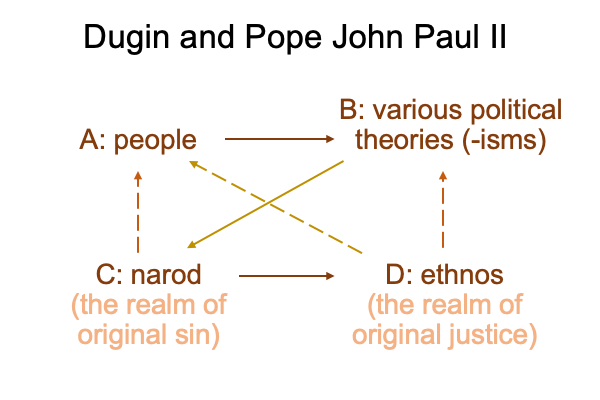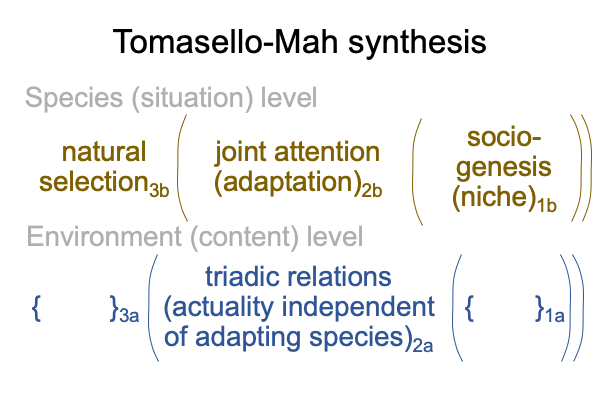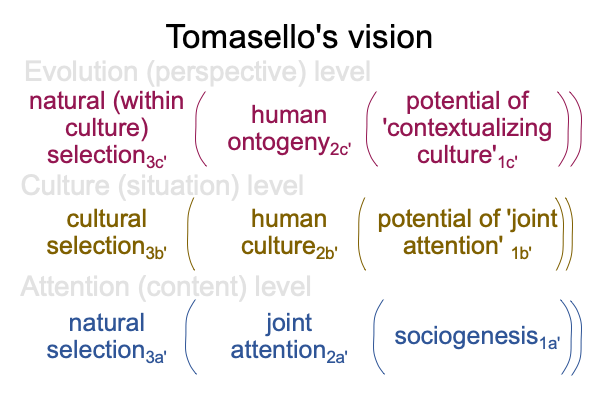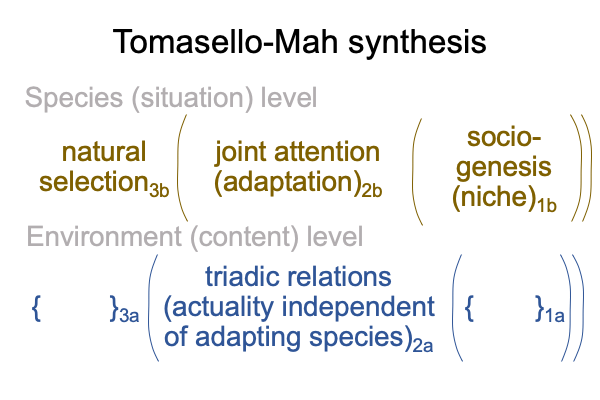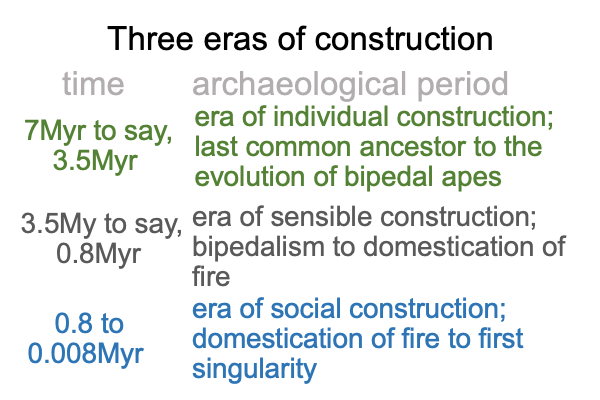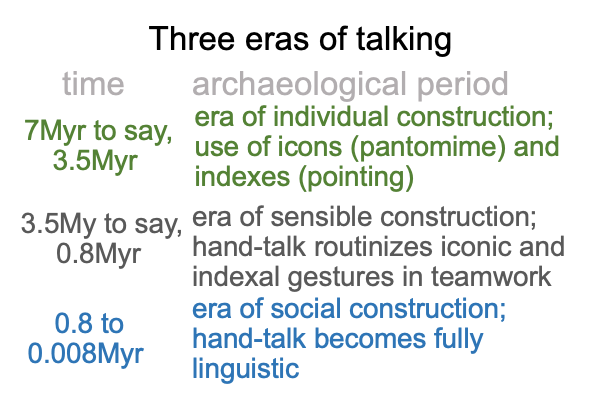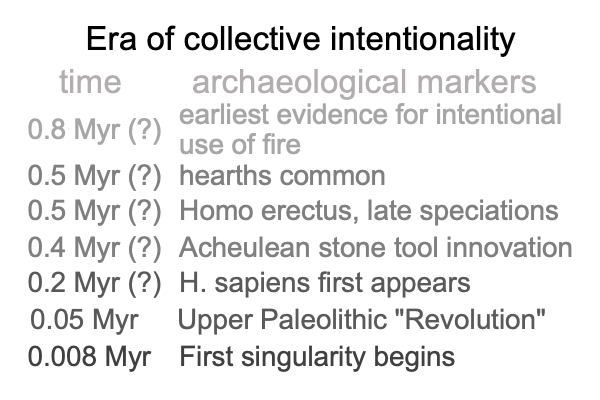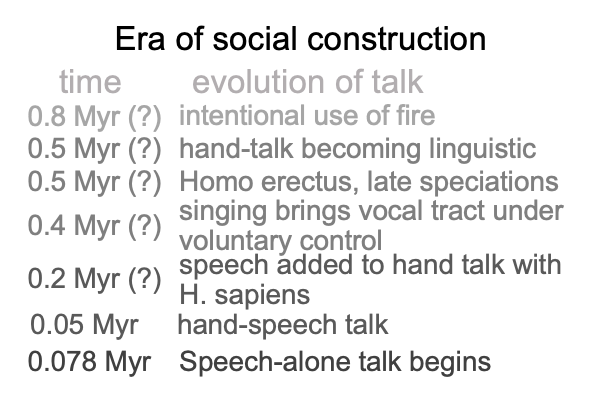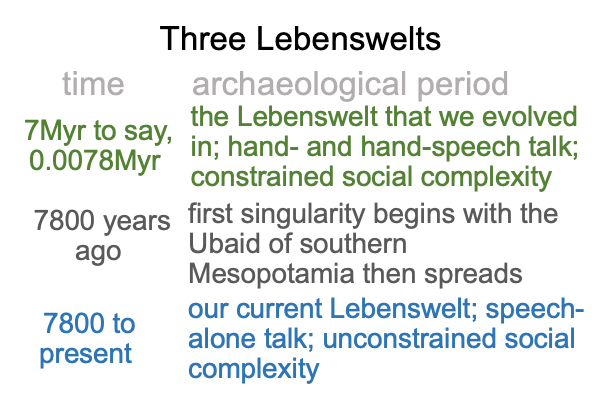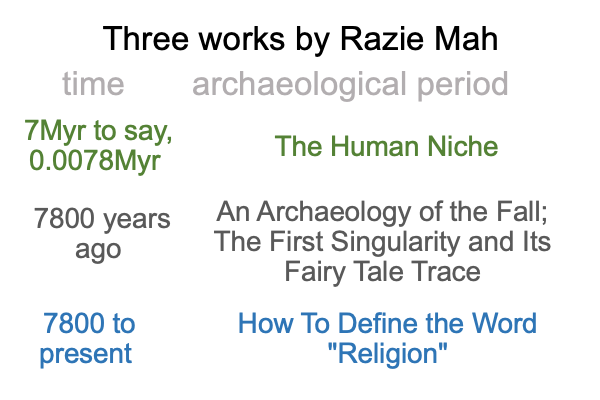Looking at Bill Arnold’s Article (2020) “Genesis and the Challenges of the 21st Century” (Part 1 of 5)
0001 This article records a presentation at a symposium on Adam, the Fall, and the goodness of God. The text is published in the journal, Pro Ecclesia (2020), volume 29(4), pages 387-406. I request that the journal to unlock this issue. After all, this lecture is not the only gem, covering a topic that is seldom broached.
0002 The author steps to the podium and posits two axioms. One addresses the evolutionary sciences, in a minimalistic sort of way. The other addresses biblical hermeneutics in the modern age. Ironically, another science hides in the shadow of the second axiom. That science is archaeology.
0003 Here is a picture of the two axioms.
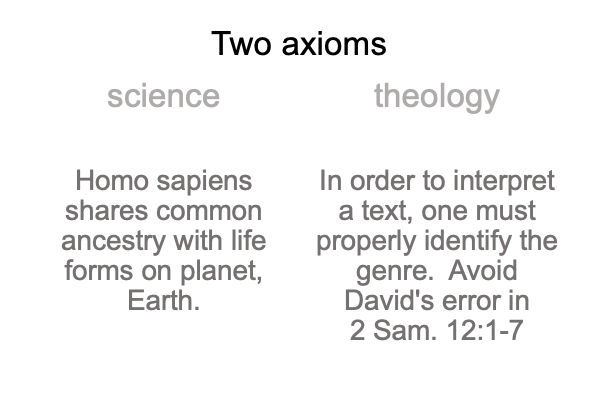
0004 The science axiom poses a double difficulty.
Currently, the biological sciences present all evolution as continuous developments in time, although there are moments of radical… um… “re-organization”, hence the theory of punctuated equilibrium. When the evolutionary sciences cast their models of human evolution into the mirror of theology, the theologian sees a picture that does not quite sync with the wild change of… um… “genre” that occurs the moment after God wraps up the Creation Story, by telling humans that they should give food to the animals (Genesis 1:30).
Speaking of that, here is an application of the two axioms in action.
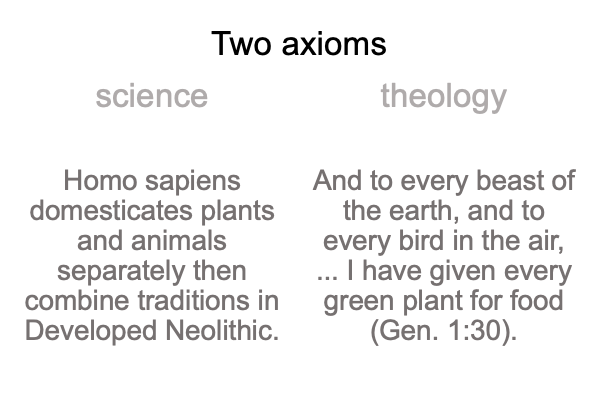
0005 Mirror of theology?
See Comments on Mariusz Tabaczek’s Arc of Inquiry (2019-2014), available at smashwords and other e-book venues, as well as Razie Mah’s blog for the months of April, May and June, 2024.
On the one hand, the mirror of theology embraces the noumenon.
On the other hand, the mirror of theology reflects models proposed by science. Science is not interested in the noumenon, the thing itself. Scientists are only interested in a noumenon’s phenomena. Phenomena are the observable and measurable facets of a noumenon. Scientists build models based on observations and measurements of phenomena. If the model “works”, then scientismists want to say that the model is more real than the thing itself. At this point, natural philosophers and theologians object and say, “No, the scientific model is not more real than the thing itself.”
0006 After an awkward pause, triumphalist scientists reply, “Well, then, how are you going to know anything about the noumenon without our models?”
“Well,” the natural philosophers say, “What about matter and form? I can know these about the noumenon through experience of it.”
“So how are you going to do that when the noumenon is evolutionary history? How can you grasp that though determining its matter and form?”
To which the theologian sighs and says, “Listen, whatever the noumenon is, it cannot be reduced scientific models of its phenomena. So, I will set up a mirror that will reflect your scientific model, so you can be assured that your models are not ignored when I contemplate the metaphysical structures intrinsic to the thing itself, while keeping my mind open to revelation (including the the Bible). I will call it ‘the mirror of theology’.”
0007 To which the scientist counters, “And, we will correspondingly set up a mirror in our domain, a mirror of science. We will look at the theological statements concerning the character of the noumenon, which really should just be replaced by our mathematical and mechanical models. Then, we will laugh at and ridicule them.”
0008 Now, I once again present the odd coincidence pictured before as an application of the two axioms.
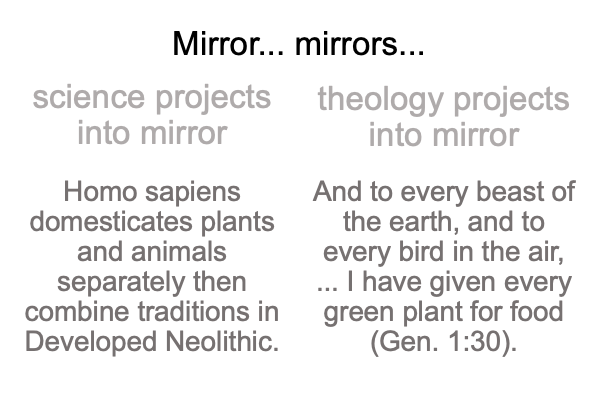
Do I have that correctly?
Does the scientist project his model into the mirror of theology?
Does the theologian project his metaphysical analysis into the mirror of science?
How confusing is that?
0008 It seems to me, a mere semiotician, that these two images actually reflect a single real being. The theologian looks into the mirror of theology and sees what evolutionary scientists project, then looks at revelation and locates an appropriate correspondence. Then, when the theologian’s correspondence is viewed by the scientist in their mirror of science, it says, “That is superstitious nonsense!”
“It”?
I thought male and female he created them.
“It” must be a first approximation.
0009 Of course, to the semiotician, the whole situation is sort of funny, because it implies that there is a body of wisdom that is independent of science, but not subject to science, because it concerns the noumenon, the thing itself.

